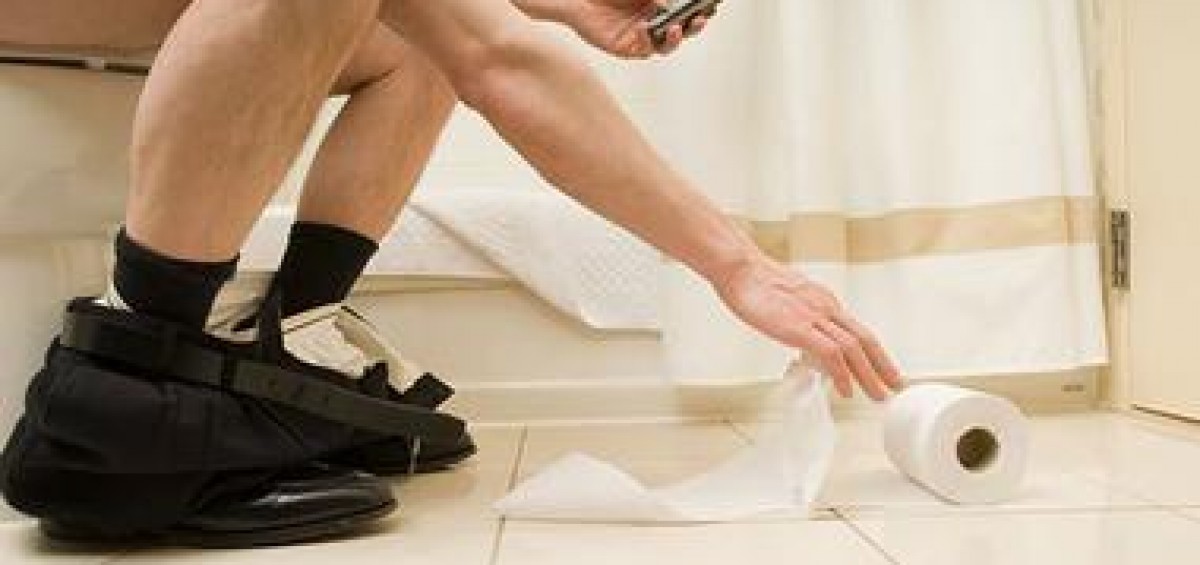Hygiene in the toilet concern to us. Every time we use a public restroom we are expecting that nothing touches our skin, thinking that the germs can attack us. However, there are other pathogens on contaminated surfaces on those we do not pay enough attention. Have you ever stopped and think how many times do you use the phone during the day? And how many times do you disinfect it a day, a week or a month?
Without regular cleaning, bacteria can colonize the surface doubling in number in just 20 minutes. Like this, there are surfaces at home or in the office dirtier and unhygienic than a toilet seat.
Mobile phone: Due to its everyday use and that we carry them everywhere, the mobile phone is a reservoir of microorganisms being up to 10 times dirtier than the toilet seat.
Gamepad: There is a direct transfer of bacteria from our hands to the gamepad, becoming a contaminated surface if not carried out a proper cleaning after use.
Computer keyboard: The keyboards are difficult to clean. Furthermore, considering that is usual to cough and keep using the keyboard without washing our hands, it is easy to understand that can have 3 times more germs than the seats of the toilets.
Tablet: One study found a tablet with a count of 600 units of Staphylococcus aureus by hyssop, finding less than 20 units on the toilet seat.
TV remote: The remote control is in direct contact with the hands of the whole family. The adults touch an average of 30 items per minute. In addition, children put their hands to the nose and mouth continuously transferring the germs by touching home surfaces. Office Tables: Did you know that the office desk has about 10 million bacteria? This figure is 400 times higher than that obtained in toilet seats.
Stationery: pencils sharing is common, leaving the calculator or USB, but this action is the easiest way to spread germs among us if they are not regularly cleaned.
Doorknobs: The doorknobs contact all family members or employees of the office or even in the building where we work. The result is a wide range of microorganisms in the knobs waiting to be transferred easily by other hands.
Kitchen Table: The kitchen table where food is cut can be up to 200 times more microorganisms than the toilet seat. Asepsis of the surfaces in contact with food is critical to avoid ingestion.
Kitchen sponge: The dishcloth is the champion of microbes in the home, with 25,000 times more microorganisms than the toilet seat, especially of the bacterium E. coli causes serious diseases.
We recommend protecting the surfaces of your home and office with antimicrobial solutions BactiBlock®. NanoBioMatters BactiBlock® offers customized solutions from the point of view of prevention of microbial growth in all those areas susceptible to microbial contamination.




Leave a Comment